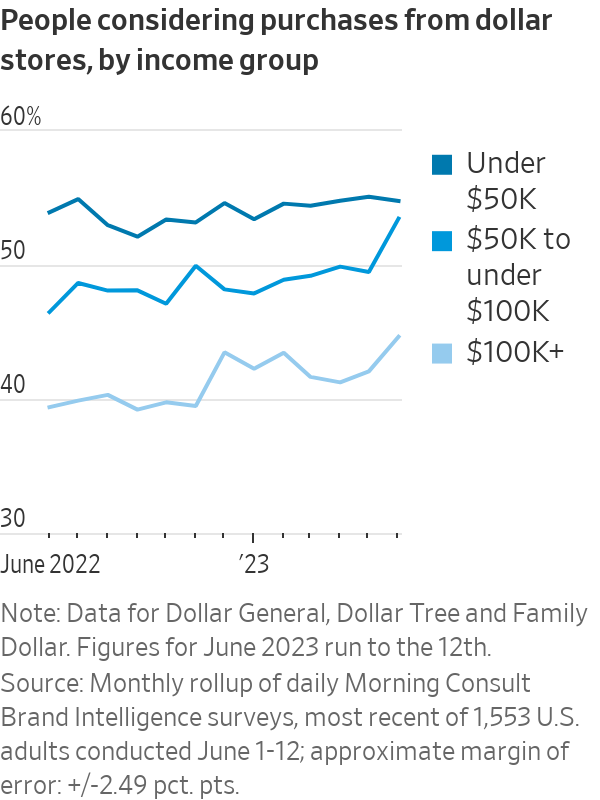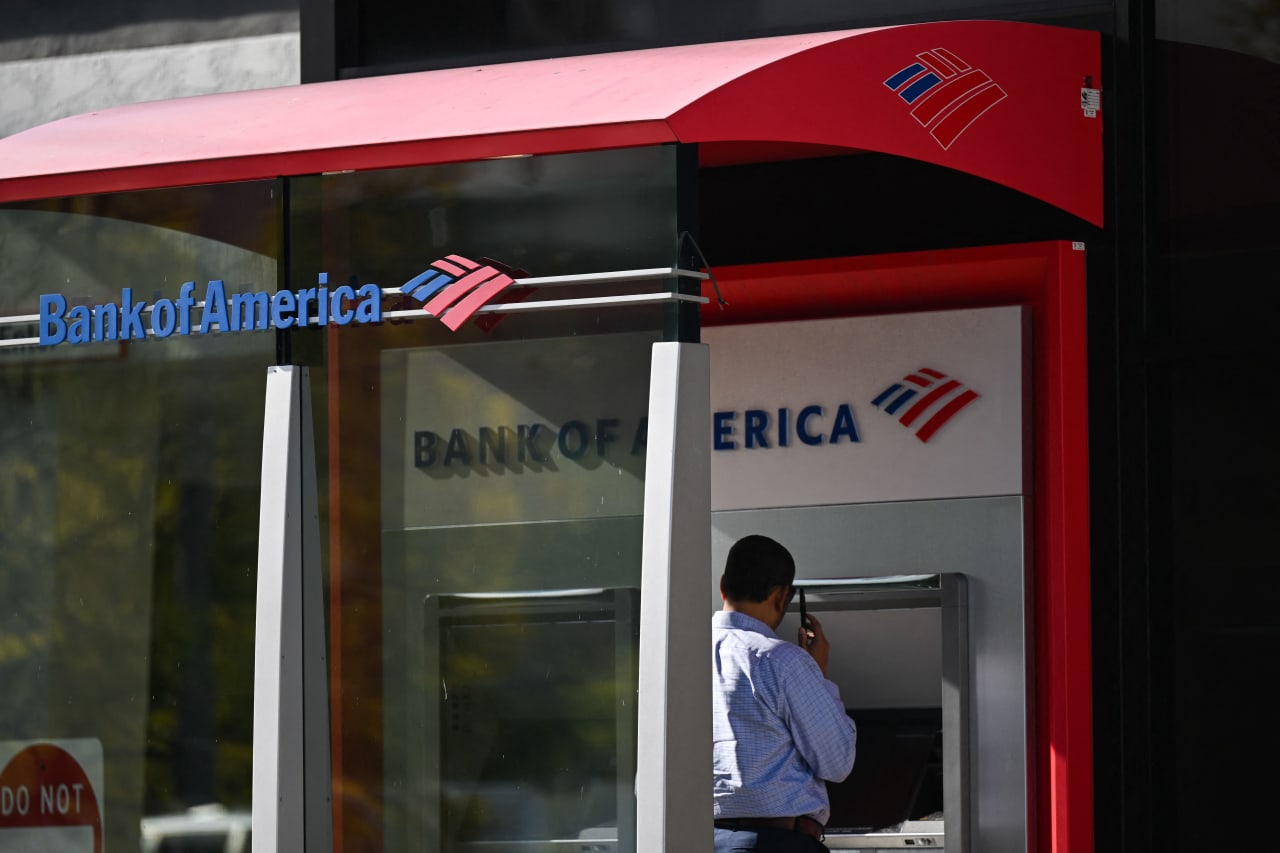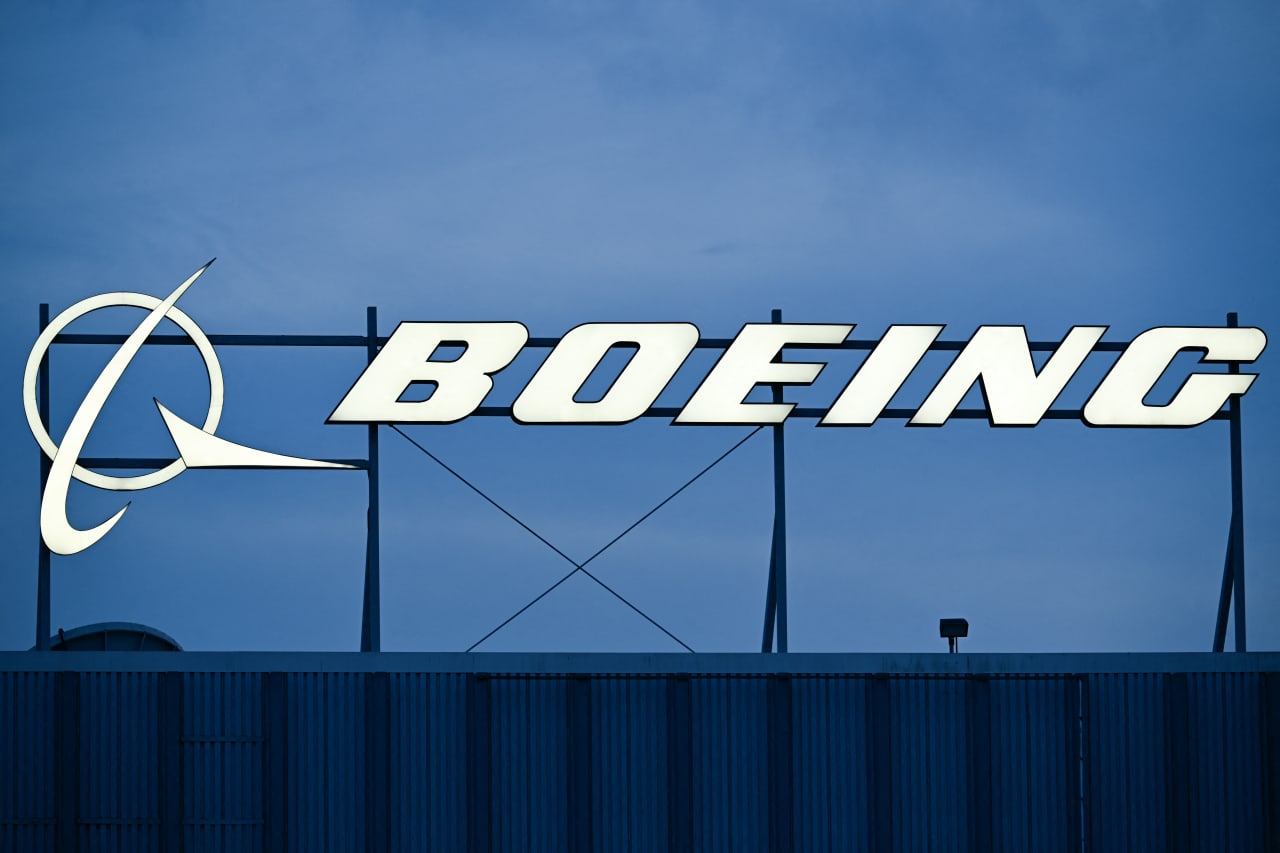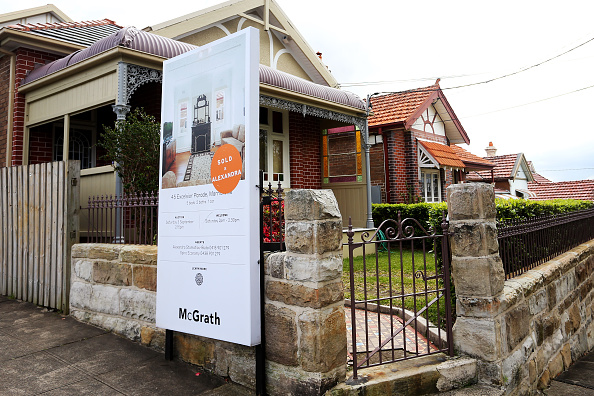One-Percenters Keep Shopping at the Dollar Store
Wealthy consumers scour discount-chain aisles for bargains
That Mercedes in the dollar-store parking lot isn’t an illusion.
High-earners joined the rest of the country in flooding discount retailers such as Dollar General, Aldi grocery store and Five Below as prices for food and staples rose. Now, with inflation at half its peak, they aren’t letting up.
InMarket, which tracks retailer foot traffic, measured a 4% average increase in the share of dollar-store visits this year among those making more than $100,000, compared with the second half of 2022. Households with six-figure incomes are 15% more likely to say they would shop at dollar stores than they were last June, going from 39% to 45%, according to daily surveys from Morning Consult of about 50,000 Americans.
Wealthy Americans long viewed discount stores as “not for them,” says Michael Liersch, who consults with high-net-worth individuals as head of advice and planning at Wells Fargo. Yet paying $8 for a carton of eggs struck even many affluent people as ridiculous.
Overspending on things was once fashionable for some, Liersch says. “These days, it’s about making the most of your money and not getting ripped off.”
No matter how much you make, consumers say, there is no longer a stigma in going after a good deal.

Cheap kombucha
Autry Liggett, who works in operations for a Santa Barbara, Calif., hedge fund, exclusively shopped at Whole Foods and other high-end chains for groceries and household goods until recently. Growing up, he says he looked down on what he saw as poor-quality products at discount retailers.
Then, one of his friends brought over a case of 99-cent-store kombucha and probiotic drinks a few months ago. “She makes good money, so I just assumed she also shopped at Whole Foods and the other places I shop,” he says. “I was shocked.”
He now pops into the 99 Cents Only store downtown at least once a week, making sure to visit on Tuesday or Thursday, when they restock, for the best selection. He recently bought vitamins that retail at Whole Foods for $25 for $1.99, and a pint of organic blueberries for 99 cents.
A Dollar General spokeswoman says the brand has attracted and retained higher-income customers lately. A recently updated fresh-produce section, now available in nearly 3,900 stores, might be bringing more customers in.
Plenty of wealthy people point out that they got that way partly by not overspending on the small stuff—especially when it is all the same stuff.
“A carrot is a carrot is a carrot,” says Morgan Pierce, who earns about $200,000 a year working at McDonald’s Chicago corporate office. She frequently hits up Aldi and her local dollar store for groceries and other staples. Her last birthday party featured a private chef—and $1 plates and decorations.
Pierce, who was quick to tell her guests where many of the party supplies came from, says people were impressed. It is a shift from how she felt as a child, when she questioned why her family always had to hunt for sales. Now, she says she realises her mom has always been a bargain hound.
“Not everything on the shelves is well-made, but there are things that are, and I am not ashamed to go into those places and get them, and I’m not afraid to tell people about it,” Pierce says.
Bob Gillman, an executive transition consultant, has shopped at Aldi and other discount chains for decades. He didn’t mention the habit to his friends until recently, when a branch popped up near his tony Palm Springs, Calif., community.
“We see lots of people driving Porsches, Mercedes and BMWs in the parking lot,” Gillman says. “No matter how much you make, you don’t want to spend $4 on an avocado when you can get one for 59 cents.”
Few seem to mind feeding a quarter to check out a shopping cart, or bagging their own groceries, Gillman says.
Gillman’s daughter, Rachel Gillman Rischall, often rolled her eyes at her dad’s zealous discount shopping. That is, until this past year, when her grocery bills soared, and birthday-party gifts for her kids’ friends topped $50 a pop near her Chicago home. Fed up, she checked out the toy selection at Five Below and hasn’t looked back. She also now buys journals, art supplies, stationery and snacks there.
“My dad is so proud,” she says.
Shopping at dollar stores is a choice for some, yet it is a necessity for many, and Americans increasingly get their groceries from these retailers.
Expanding into more-prosperous areas is part of Aldi’s strategy, analysts say. The retailer plans to add 120 new U.S. stores in 2023, after opening and remodelling 139 stores last year. The brand says it attracted 9.4 million new U.S. customers in 2022.
Budget influence
Social media is also helping make dollar and discount stores cool. Videos tagged #dollartree have a combined 7.6 billion views on TikTok. Many feature influencers trying out what are known as dupes of popular high-end beauty products and other goods.
Entrepreneur Bethenny Frankel says her discount and drugstore hauls have attracted more attention than anything she did when she was featured on the reality show “The Real Housewives of New York City.”
“I go in there with my Hermès bag,” says Frankel, whose YouTube and TikTok videos shopping at dollar stores and unboxing ultra cheap products regularly ring up millions of views. She says she isn’t paid by any of the discount chains for her videos.
While some viewers have accused her of pretending to like and use a $1 lip gloss or storage bin when she could easily afford its more expensive counterpart, Frankel says her enthusiasm is genuine.
“What’s the difference between a dollar-store and a $20 pair of flip flops? Is there such a thing as truffle-oil-infused rubber?” she says. Lip gloss, meanwhile, “stays on for five minutes no matter how much you spend.”
 Copyright 2020, Dow Jones & Company, Inc. All Rights Reserved Worldwide. LEARN MORE
Copyright 2020, Dow Jones & Company, Inc. All Rights Reserved Worldwide. LEARN MORE
This stylish family home combines a classic palette and finishes with a flexible floorplan
Just 55 minutes from Sydney, make this your creative getaway located in the majestic Hawkesbury region.
When will Berkshire Hathaway stop selling Bank of America stock?
Berkshire began liquidating its big stake in the banking company in mid-July—and has already unloaded about 15% of its interest. The selling has been fairly aggressive and has totaled about $6 billion. (Berkshire still holds 883 million shares, an 11.3% interest worth $35 billion based on its most recent filing on Aug. 30.)
The selling has prompted speculation about when CEO Warren Buffett, who oversees Berkshire’s $300 billion equity portfolio, will stop. The sales have depressed Bank of America stock, which has underperformed peers since Berkshire began its sell program. The stock closed down 0.9% Thursday at $40.14.
It’s possible that Berkshire will stop selling when the stake drops to 700 million shares. Taxes and history would be the reasons why.
Berkshire accumulated its Bank of America stake in two stages—and at vastly different prices. Berkshire’s initial stake came in 2017 , when it swapped $5 billion of Bank of America preferred stock for 700 million shares of common stock via warrants it received as part of the original preferred investment in 2011.
Berkshire got a sweet deal in that 2011 transaction. At the time, Bank of America was looking for a Buffett imprimatur—and the bank’s stock price was weak and under $10 a share.
Berkshire paid about $7 a share for that initial stake of 700 million common shares. The rest of the Berkshire stake, more than 300 million shares, was mostly purchased in 2018 at around $30 a share.
With Bank of America stock currently trading around $40, Berkshire faces a high tax burden from selling shares from the original stake of 700 million shares, given the low cost basis, and a much lighter tax hit from unloading the rest. Berkshire is subject to corporate taxes—an estimated 25% including local taxes—on gains on any sales of stock. The tax bite is stark.
Berkshire might own $2 to $3 a share in taxes on sales of high-cost stock and $8 a share on low-cost stock purchased for $7 a share.
New York tax expert Robert Willens says corporations, like individuals, can specify the particular lots when they sell stock with multiple cost levels.
“If stock is held in the custody of a broker, an adequate identification is made if the taxpayer specifies to the broker having custody of the stock the particular stock to be sold and, within a reasonable time thereafter, confirmation of such specification is set forth in a written document from the broker,” Willens told Barron’s in an email.
He assumes that Berkshire will identify the high-cost Bank of America stock for the recent sales to minimize its tax liability.
If sellers don’t specify, they generally are subject to “first in, first out,” or FIFO, accounting, meaning that the stock bought first would be subject to any tax on gains.
Buffett tends to be tax-averse—and that may prompt him to keep the original stake of 700 million shares. He could also mull any loyalty he may feel toward Bank of America CEO Brian Moynihan , whom Buffett has praised in the past.
Another reason for Berkshire to hold Bank of America is that it’s the company’s only big equity holding among traditional banks after selling shares of U.S. Bancorp , Bank of New York Mellon , JPMorgan Chase , and Wells Fargo in recent years.
Buffett, however, often eliminates stock holdings after he begins selling them down, as he did with the other bank stocks. Berkshire does retain a smaller stake of about $3 billion in Citigroup.
There could be a new filing on sales of Bank of America stock by Berkshire on Thursday evening. It has been three business days since the last one.
Berkshire must file within two business days of any sales of Bank of America stock since it owns more than 10%. The conglomerate will need to get its stake under about 777 million shares, about 100 million below the current level, before it can avoid the two-day filing rule.
It should be said that taxes haven’t deterred Buffett from selling over half of Berkshire’s stake in Apple this year—an estimated $85 billion or more of stock. Barron’s has estimated that Berkshire may owe $15 billion on the bulk of the sales that occurred in the second quarter.
Berkshire now holds 400 million shares of Apple and Barron’s has argued that Buffett may be finished reducing the Apple stake at that round number, which is the same number of shares that Berkshire has held in Coca-Cola for more than two decades.
Buffett may like round numbers—and 700 million could be just the right figure for Bank of America.
This stylish family home combines a classic palette and finishes with a flexible floorplan
Just 55 minutes from Sydney, make this your creative getaway located in the majestic Hawkesbury region.






















